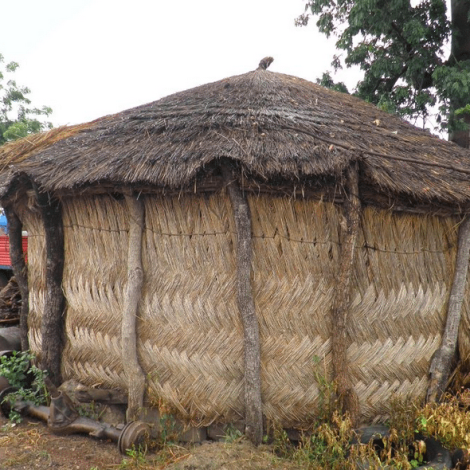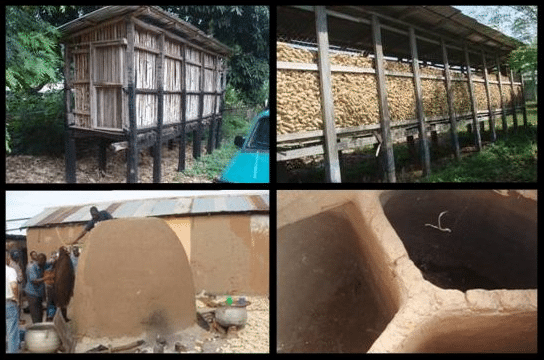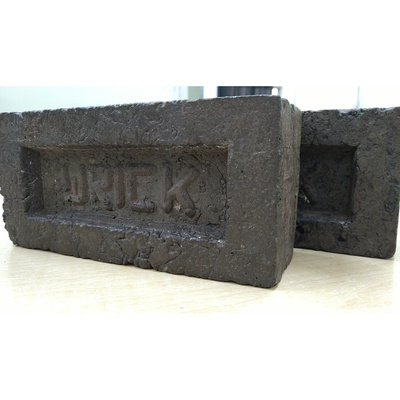There are a lot of good ways to coax more crops out of plot of farm land. Irrigation, pest control and fertilizer are the basics, and they work. But it does not make sense to increase crop production without stemming the high loss of food after the harvest, according to Sam McNeill, an associate professor of agricultural engineering at the University of Kentucky, and his colleagues who wrote a report on grain storage in Ghana for the U.S. Department of Agriculture-Foreign Agricultural Service.
After the harvest, anywhere from 10 to 40 percent of the rice, maize and other grains grown worldwide spoils or falls prey to insects, rodents and other pests. By curbing that loss, we will take a long step toward feeding the growing population.The world needs to increase food production by 70 percent by the year 2050 to feed an extra 2.3 billion people, the UN estimates. [See the infographic: E4C visualized | How to boost global food production]
Since 2009, McNeill and his team have led workshops in Ghana and Nigeria to show how to improve storage facilities. Good storage preserves more of the harvest, and it is also a good sales tactic. It allows farmers to wait out the market glut that follows a harvest so they can sell their grain later when the price is right for them.
Something as simple as the right grain silo can make a difference in developing countries. Using McNeill’s report as a case study in Ghana, the country’s economy is agrarian in which crops account for more than half of the value of goods produced nationwide. Most farms are small. Nearly 80 percent of the crops produced nationwide are grown on smallholder farms. Post-harvest losses on those small farms runs from 30 to 50 percent.
With those numbers, it is easy to see how targeting losses on small farms could dramatically boost the amount of food available in Ghana.
McNeill and his colleagues are working with farmers, grain buyers and stored-grain engineers and managers from public and private food mills, feed mills and distilleries in Ghana and Nigeria. They tailor their talks to each region, taking into account climatic conditions and the materials that are locally available for storage.
“We generally discuss the pros and cons of each type and let them decide. Research is on-going to determine the best designs, methods and materials, but we do encourage farmers there to dry the crop as soon as possible to preserve grain quality and food/market value,” McNeill told E4C.
“They were eager students, enthusiastic participants during the workshops, and gracious hosts,” McNeill says.
For more information, please see the Web site for the ADM Institute for the Prevention of Postharvest Loss at the University of Illinois at Urbana-Champaigne. And consider subscribing to their informative newsletter.
The knowledge dispensed in these talks might include this kind of silo advice:
The narrow cribs in the top row of pictures store de-husked maize. Sometimes farmers leave the corn in the cribs for too long and grain borers and other insects infest it. The stored corn is also vulnerable to theft, and the structures are not practical for farms larger than 40 acres.
The mud silos pictured in the bottom row also store dried maize. Because they are mud, they work better in dry climates. Moisture can build on their walls, but cooking near them warms the walls and keeps them dry. Anecdotally, they prevent insect infestations.
Photos courtesy of Sam McNeill
Special thanks to the American Society of Agricultural and Biological Engineers for bringing the issue of grain storage to our attention.



